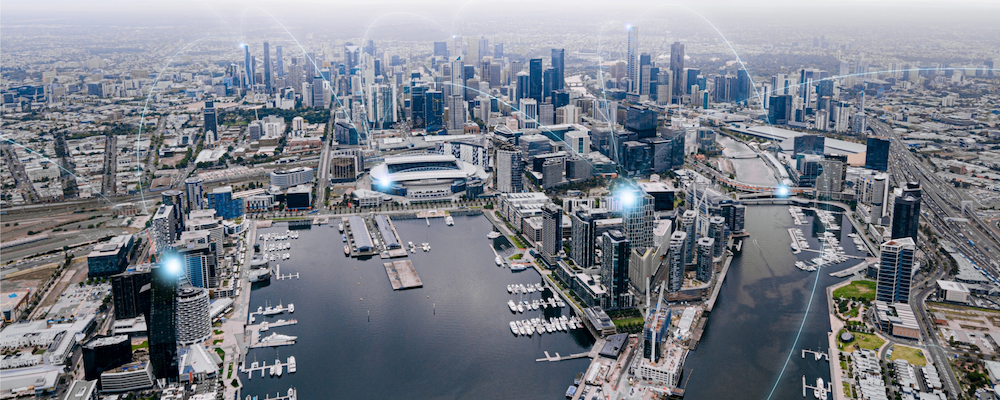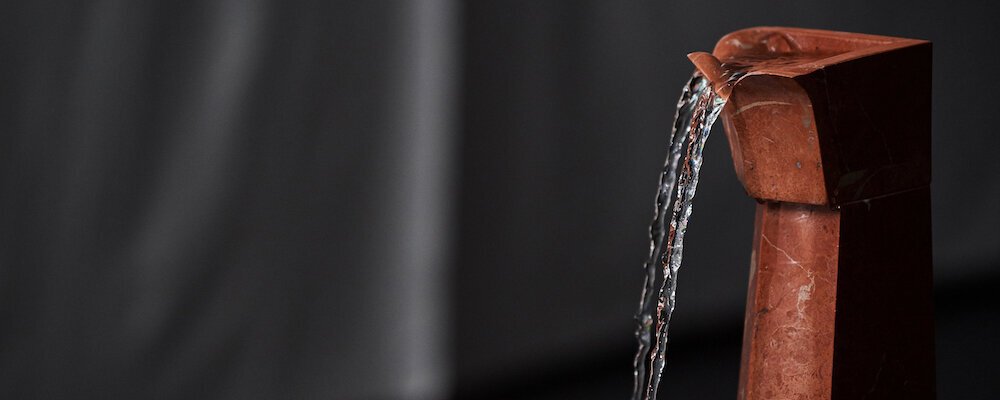Talin Hazbar At The NGV Triennial
From December 19th, the National Gallery of Victoria (Melbourne) will present the second edition of its Triennial, Australia’s largest and most important event for Art, Architecture and Design.
The UAE-based designer and architect Talin Hazbar has been commissioned to present a new series of light works.
Exploring some of the most globally relevant and pressing issues of our time, including isolation, representation and speculation on the future, the NGV Triennial will present a large-scale exhibition of international contemporary art, design and architecture.
Featuring 86 projects by more than 100 artists, designers and collectives from more than 30 countries, the NGV Triennial will open at NGV International on 19 December 2020. The exhibition offers a visually arresting and thought-provoking view of the world at this unique moment. Read more about the NGV Triennal here.
The UAE-based designer and architect Talin Hazbar has been commissioned to present a new series of light works.
Accretions 2020 by Talin Hazbar
Born in Syria, Talin has spent her life in the UAE, a country she calls home. Last december, Talin was one of the firsts artists and designers to be granted a cultural visa (for 10 years) by Dubai Culture & Arts Authority. part of the Government of Dubai in recognition for her contribution to the local creative scene.
In 2019, during a trip to the UAE, I introduced Talin to Ewan McEoin, Senior Curator Contemporary Design and Architecture at the NGV. He commissioned her to work on a brand new series of five evocative and intriguing light works literally grown in the waters off the coast of Sharjah.
Accretions continues Hazbar’s ongoing enquiry into the capacity of the earth’s oceans to nurture life and organic processes capable of creating ornament, structure and form.
Drawing on the natural systems of the ocean, where calcium accumulation and accretion is commonplace, Hazbar repeatedly submerges hand forged steel armatures to encourage the growth of molluscs, crustaceans and corals.
The calcium carbonate structures these life-forms construct on the surface of the armature transform it into an ornate light shade.
Through this process, each shade becomes a specimen of the specific ecologies, conditions and life-forms that inhabit the area of submersion.
In relinquishing control of this phase of production to natural processes, Hazbar offers an example of how, through respect and understanding of natural forces and systems, designers can work collaboratively with nature to grow structures and produce materials of great functionality and unique beauty.
Pictures by Alex Callueng.
















